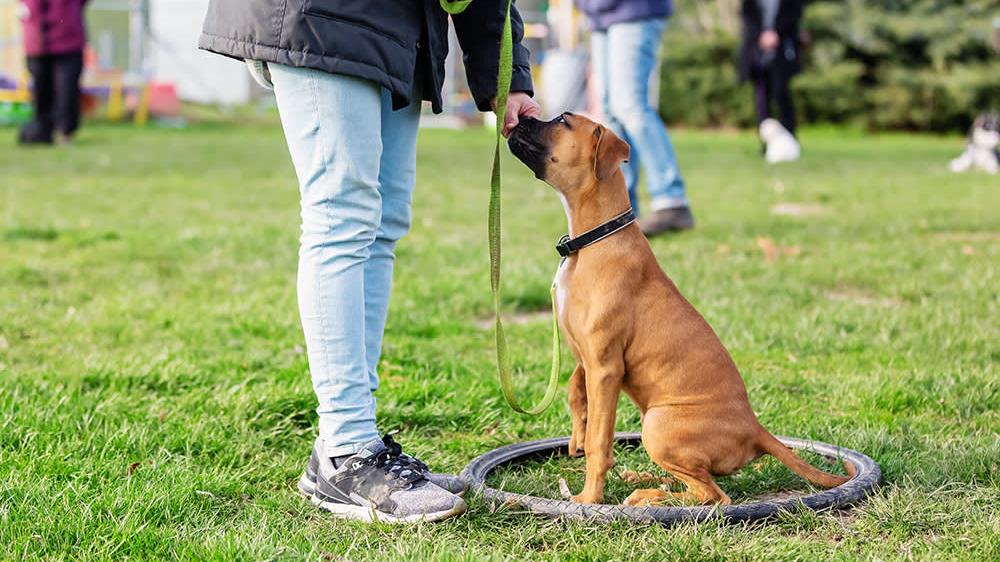Understanding Your Pet’s Behaviour: A Crucial Aspect
Getting acquainted with your pet’s personality and behaviour is paramount. As your pet’s guardian, understanding their individual temperaments and reactions to various circumstances enables you to better anticipate and manage their needs. This understanding is particularly beneficial when introducing your pet to new individuals, such as a new partner. Pets, akin to humans, react differently to change and unfamiliar faces. Some may exhibit curiosity and excitement, while others may display signs of stress or discomfort.
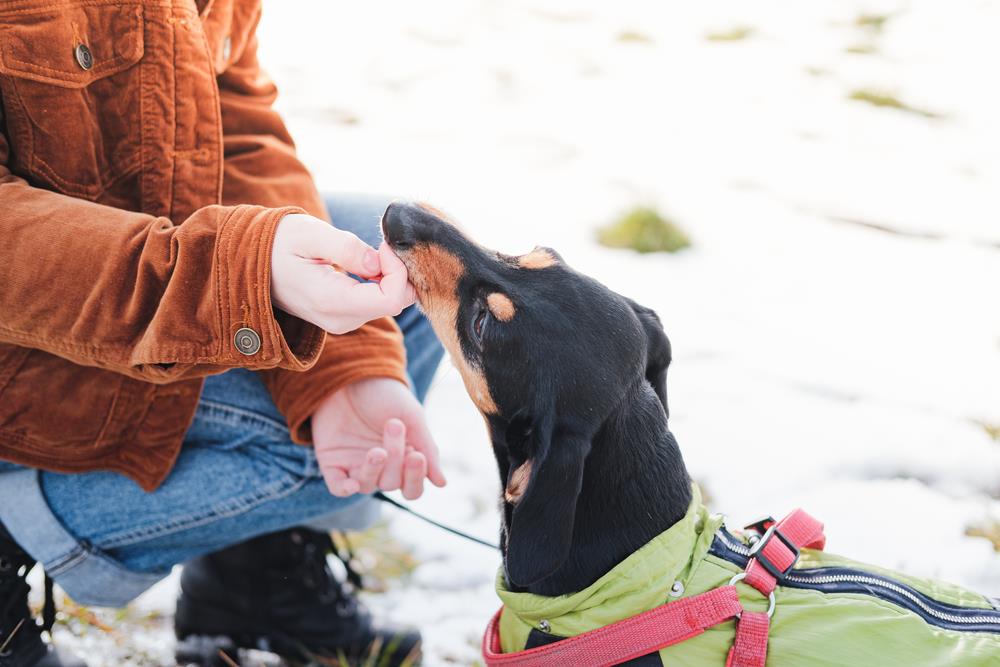
Recognising Signs of Stress in Your Pet
Stress or discomfort in pets often manifests in visible signs such as excessive grooming, changes in eating or sleeping patterns, or unusual aggression. Heeding these cues can help you make the introduction process to your new partner as smooth and as stress-free as possible for your pet.
Recommendation: Consider adding an infographic showing common signs of stress in pets for a clear, visual representation of this information.
Preparing Your Partner for Pet Introduction
Introducing your partner to your pet is quite similar to acquainting them with a new family member. It’s crucial to equip your partner with knowledge about your pet’s behaviour, needs, and habits.

Discussing Your Pet’s Routines and Habits
Open communication about your pet’s routines and habits can smoothen the process. This includes feeding times, walking schedules, and even quirky behaviours.
The Importance of Patience and Understanding in the Introduction Process
The transition phase can be challenging for both your partner and your pet, making patience and understanding crucial. Reading resources can help develop empathy and patience during this time.

The Dos and Don’ts of Initial Introductions: Your Partner and Your Pet
When it comes to introducing your pet to your new partner, the initial encounter can set the tone for their future relationship. It is crucial to manage this introduction with sensitivity and care.
Selecting a Neutral Location
The first meeting should ideally take place in a neutral location. This could be a park or a friend’s house, where your pet doesn’t feel territorial and your partner doesn’t feel overwhelmed.
Encouraging Calm Behaviour
It’s important to foster a relaxed atmosphere during the introduction to keep both your partner and pet at ease. Avoiding high-energy activities can help maintain a calm environment.
Avoiding Forceful Interactions
Lastly, avoid forceful interactions between your partner and pet. Let them interact at their own pace, and don’t push for an immediate bond.
Gradual Exposure: Taking it Slowly
One key to successfully introducing your pet to your new partner is gradual exposure. This involves slowly familiarising your pet with your partner in a non-threatening manner. It’s important not to overwhelm your pet with sudden changes. By taking a gradual approach, you help reduce the risk of your pet developing anxiety or fear.
Scheduling Short and Frequent Meetings
Start by scheduling short and frequent meetings between your pet and your partner. This allows your pet to gradually get used to the presence of your partner.
Allowing Your Pet to Initiate Contact
Whenever possible, allow your pet to initiate contact with your new partner. This gives your pet control over the situation, which can help reduce their anxiety. 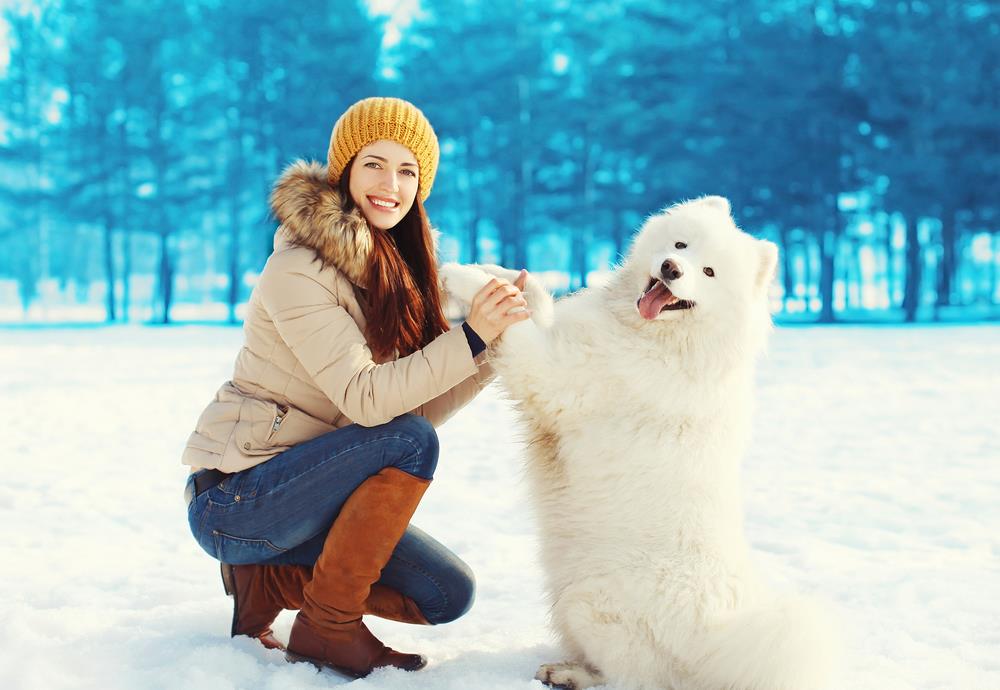
Rewarding Positive Interactions
One successful method to introduce your pet to your new partner is by fostering and rewarding positive interactions. This method involves the use of treats, praises, or toys to acknowledge and encourage your pet’s favourable behaviour towards your partner. Positive reinforcement as an effective way to train animals, which can easily apply to this situation.
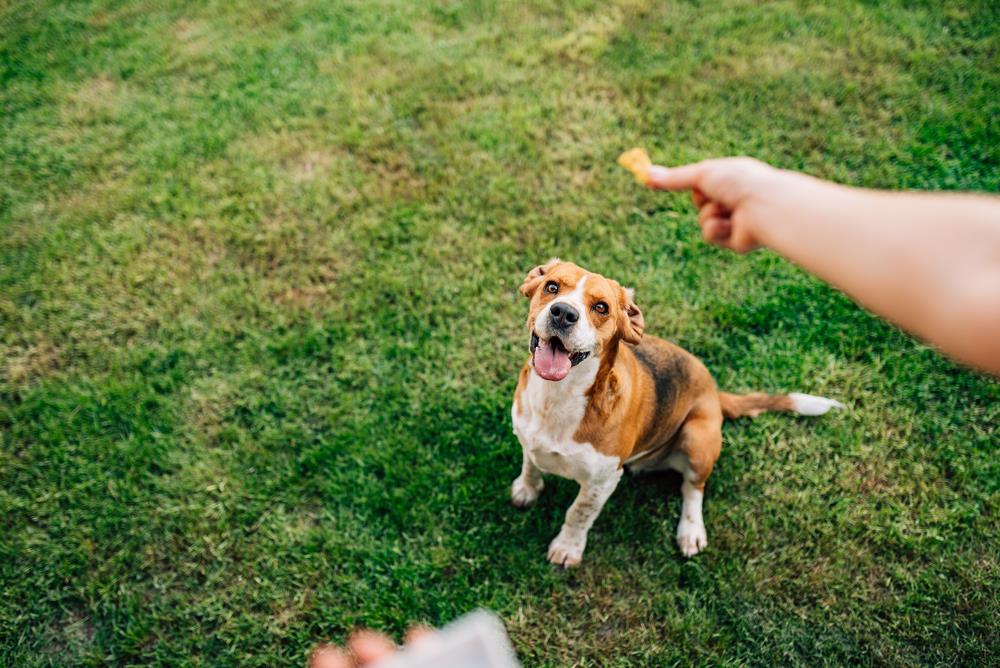
Partner Participation in Reward-Giving
It’s also important for your partner to actively participate in rewarding your pet. This can help to build a positive association between your pet and your partner. Positive reinforcement can shape your pet’s behaviour.
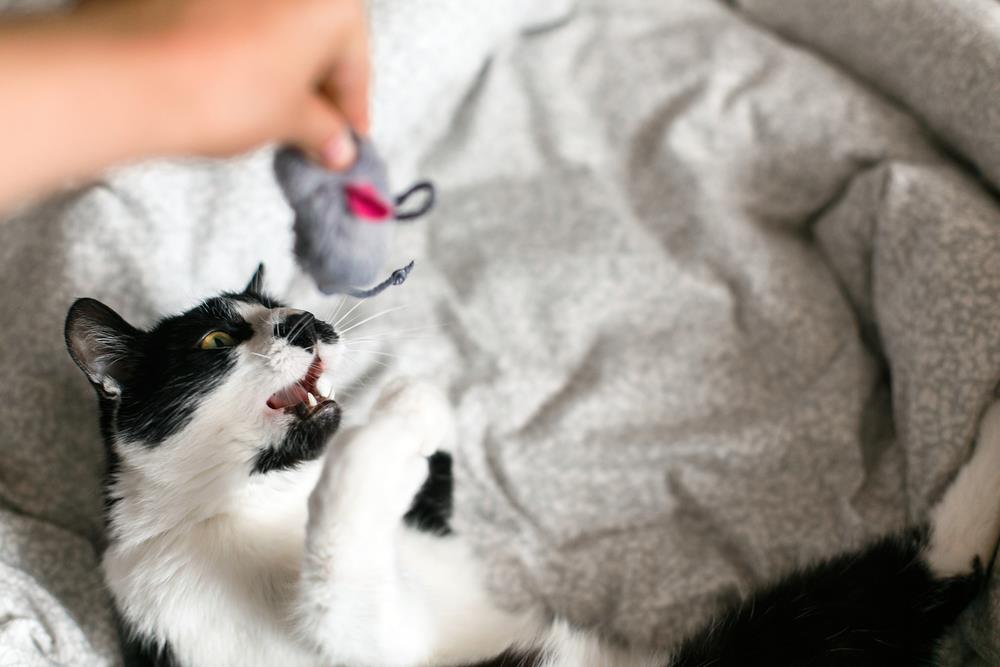
Creating Positive Associations
By rewarding your pet’s positive interactions, your pet begins to associate your partner with positive experiences. This can further promote a healthy relationship between them. Rewards can influence animal behaviour.
Handling Negative Reactions
Recognising the signs of fear, aggression, or discomfort in your pet is crucial when introducing them to your new partner. Pets, like humans, have unique personalities and can react differently to new situations or people. Their reactions can range from simple nervousness to outright aggression. It’s essential to understand these signs and know how to respond appropriately.
Understanding the Reasons Behind Negative Reactions
Understanding the reasons behind your pet’s negative reactions can help mitigate them and lead to smoother introductions. Pets can react negatively due to past experiences, fear of the unknown, or because they feel their territory is being threatened.
Steps to Take When Your Pet Reacts Negatively
- Give Your Pet Space: If your pet reacts negatively, it’s important to give them space to calm down and adjust to the new person in their life.
- Consult a Professional: If the negative reactions persist, consult a professional animal behaviourist. They can provide valuable insights and techniques to help manage your pet’s behaviour.
Involving Your Partner in Pet Care
Shared responsibilities can play a vital role in nurturing and strengthening the bond between you, your partner, and your pet. Research indicates that joint pet care activities can create a sense of unity and shared purpose.
Encourage your partner to participate in feeding, grooming, or walking your pet. This not only introduces them to the routines of pet care but also enables them to establish a direct relationship with your pet.
However, it’s crucial to balance new involvement in pet care without disrupting your pet’s routine. Pets are creatures of habit, and sudden changes can cause them stress.
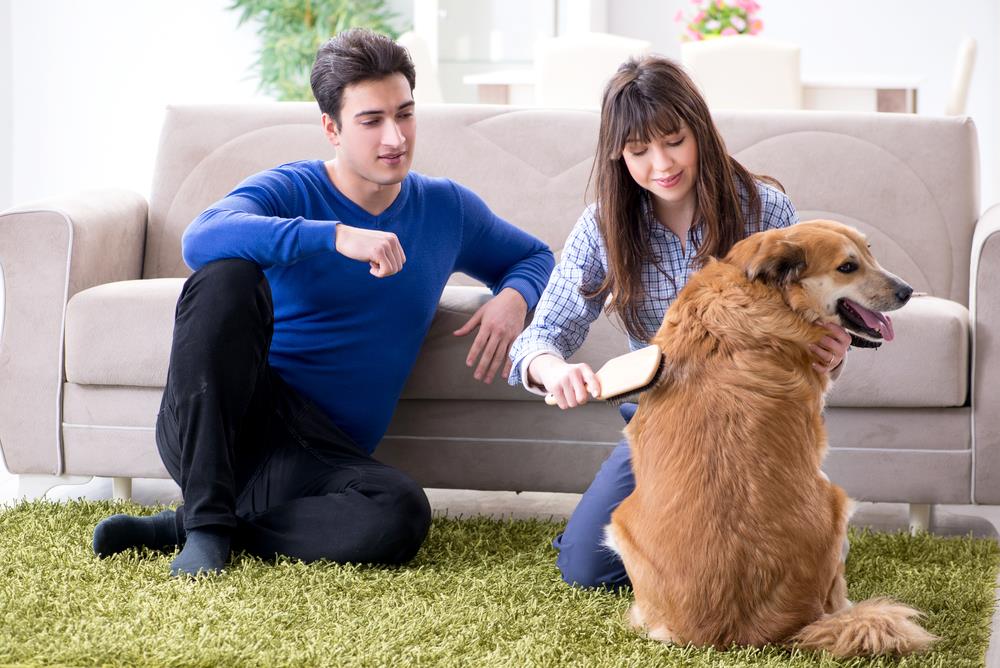
Monitoring Progress and Adjusting Approach
One crucial aspect of introducing your pet to your new partner is the careful monitoring of progress and adjusting your approach as needed. It’s vital not to rush the process. Just like humans, animals need time to get used to new situations. Understanding your pet’s behaviour is key to observing signs of progress.
Positive signs of acceptance might include your pet spending more time near your partner, decreased signs of stress, or more relaxed behaviour when your partner is present. These signs indicate that your pet is becoming more comfortable with your partner’s presence.
Modifying the Approach
If you notice signs of stress or discomfort in your pet, it’s important to modify your approach. This might mean giving your pet more space, slowing down the introduction process, or using positive reinforcement techniques. Always remember, every pet is unique and what works for one might not work for another. Therefore, tuning into your pet’s specific needs is crucial for a successful introduction.
